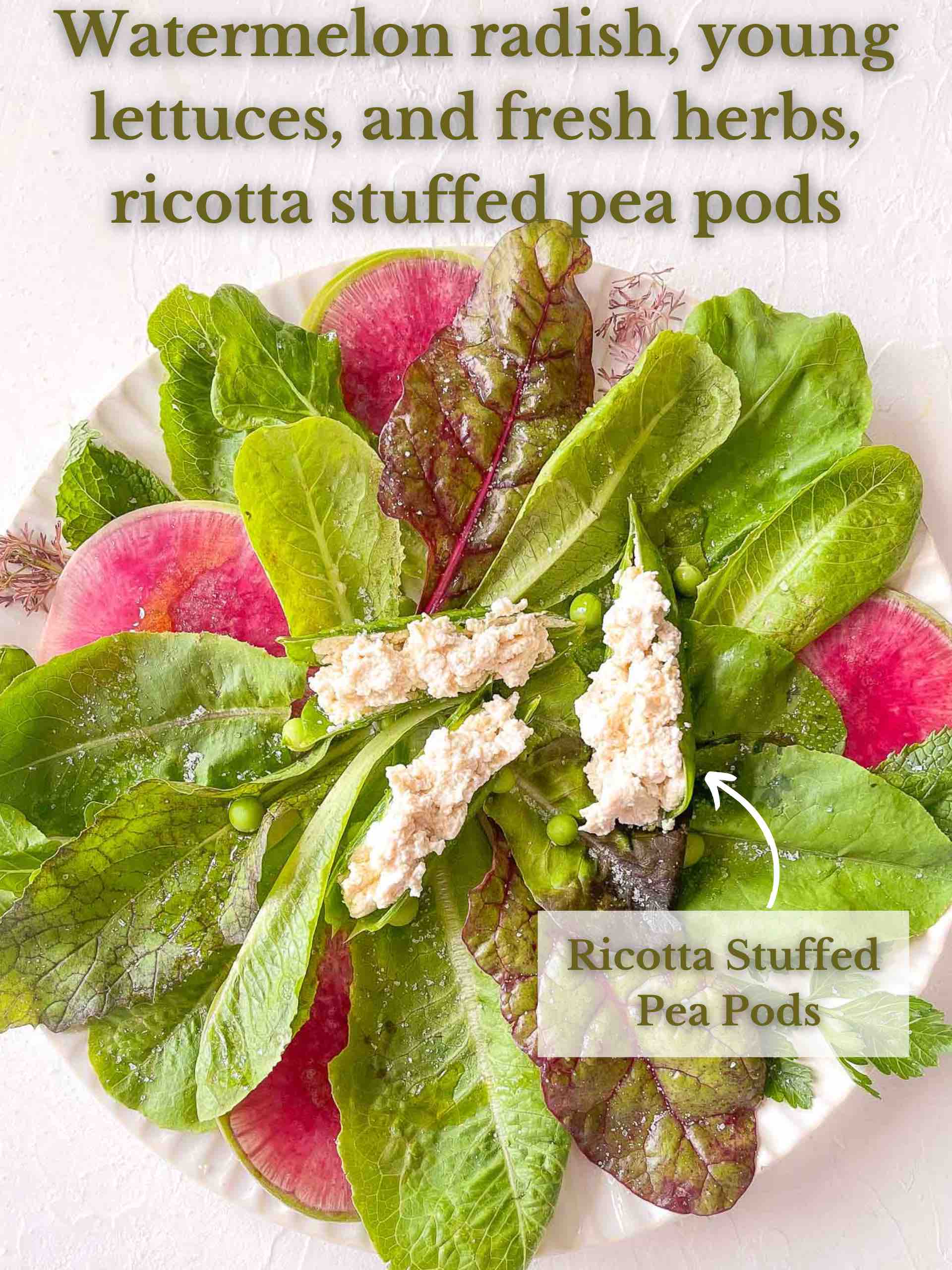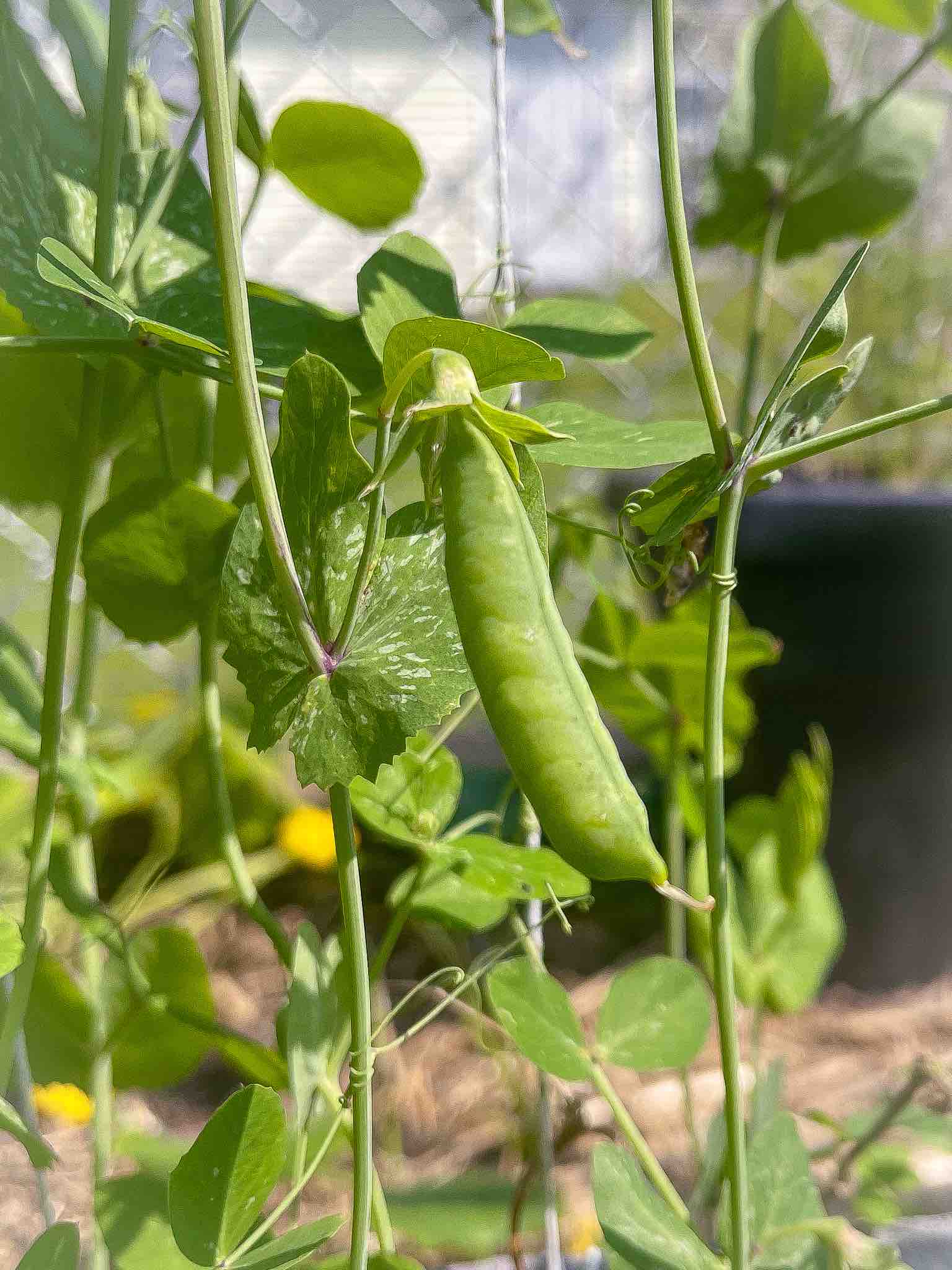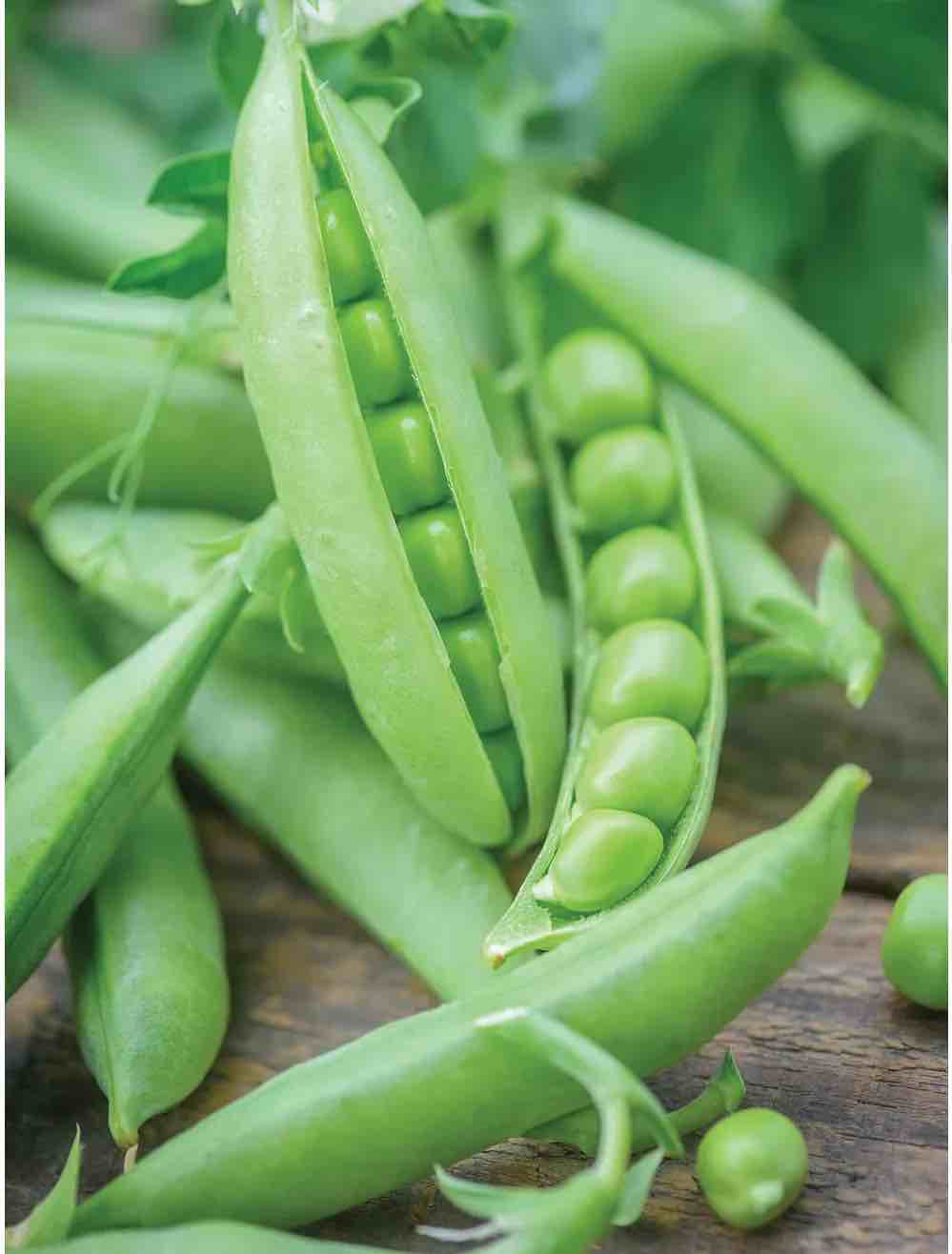HOW TO GROW AND PREPARE TOMATOES
Growing tomatoes is like having your own little edible treasure hunt in the garden as you eagerly anticipate the days when those vibrant red fruits burst into the garden, ready to be plucked and devoured.
![]()

Are you eager to learn the art of tomato cultivation and achieve a successful harvest in your garden? Look no further! In this comprehensive guide, we’ll provide valuable tips on growing tomatoes, equipping you with the knowledge to nurture vibrant plants and enjoy a bountiful yield. From choosing the right varieties to mastering essential cultivation techniques, this resource will empower you to cultivate luscious tomatoes that will impress your taste buds and gardening skills.
Unlock the secrets to a thriving tomato garden with our expert tips on growing tomatoes.
Whether you’re a seasoned gardener or a beginner, this blog post is packed with valuable insights on tomato cultivation. Discover the best practices for starting tomato plants from seeds or seedlings, optimizing soil conditions, providing adequate water and sunlight, and implementing proper pruning techniques. With our comprehensive advice, you’ll be well-equipped to embark on your tomato-growing journey and savor the flavors of homegrown tomatoes that surpass anything you can find at the grocery store. With these essential tips, let’s dive into tomato cultivation and watch your garden flourish.
You can see my Spring garden layout (including basil), seed choices, and each planting here in the Garden to Table section.

Reasons You’ll Love Growing Tomatoes
Here are a few – all very beautiful and visually appealing!
-
- Abundant Harvest: Learning how to grow tomatoes and implementing practical tomato-growing tips means you’ll enjoy a plentiful harvest of juicy, sun-ripened fruits. Imagine plucking ripe tomatoes straight from the vine, savoring their vibrant flavors, and relishing the satisfaction of growing your bountiful supply.
- Garden-to-Table Delights: Growing tomatoes allows you to experience the unparalleled taste of homegrown produce. The fresh, vibrant flavors of tomatoes picked at peak ripeness are unmatched by their store-bought counterparts. From luscious cherry tomatoes bursting with sweetness to meaty heirlooms with distinct characteristics, your garden will become a source of mouthwatering delights.
- Versatile Culinary Possibilities: With an array of tomato varieties at your fingertips, you’ll have endless culinary possibilities. From adding slices of garden-fresh tomatoes to sandwiches and salads to preparing delectable pasta sauces, salsas, and homemade ketchups, your homegrown tomatoes will elevate your dishes to new levels of flavor and satisfaction.
- Health Benefits: Tomatoes are delicious and offer numerous health benefits. Rich in vitamins, minerals, and antioxidants, they contribute to a well-rounded diet. Growing your tomatoes ensures you access nutritious produce free from harmful chemicals, promoting a healthier lifestyle for you and your family.
- Gardening Therapy: Cultivating tomatoes provides an opportunity to connect with nature, reduce stress, and enjoy the therapeutic benefits of gardening. Tending to your tomato plants, nurturing them from seedlings to fruitful vines, can be a rewarding and fulfilling experience that allows you to relax, unwind, and appreciate the beauty of the natural world.
- Cost Savings: Growing your tomatoes can save you money in the long run. Instead of purchasing expensive store-bought tomatoes, you can produce an abundance of fresh, flavorful fruits at a fraction of the cost. Plus, the satisfaction of knowing you grew them yourself adds an extra layer of value.
- Educational Experience: Growing tomatoes is a fantastic opportunity to learn and develop new skills. You can expand your knowledge of plant biology, experiment with different growing techniques, and discover your green thumb along the way. It’s a hands-on educational experience that can be enjoyed by both adults and children alike.
So, get your hands dirty, follow the tomato growing tips, and embrace the joys of growing your own tomatoes. From the satisfaction of a successful harvest to the incredible flavors they bring to your table, you’ll find countless reasons to fall in love with the art of growing tomatoes.

Popular Varieties of Tomatoes
Here are some easy-to-grow varieties of tomatoes.
-
- Beefsteak Tomatoes: Known for their large size and meaty texture, beefsteak tomatoes are perfect for slicing and use in sandwiches or salads. They come in various colors, including red, pink, and yellow, and offer a rich, robust flavor.
- Cherry Tomatoes: These small, bite-sized tomatoes are bursting with sweetness and are a favorite for snacking, adding to salads, or roasting. Cherry tomatoes come in various colors, such as red, yellow, and even striped varieties, and are prolific producers.
- Roma Tomatoes: Also known as plum tomatoes, Roma tomatoes have an elongated shape and are renowned for their firm flesh and low moisture content. They are excellent for making sauces, salsas, and canning due to their rich flavor and minimal seeds.
- Heirloom Tomatoes: Heirloom tomatoes encompass various varieties passed down through generations. They are cherished for their unique colors, shapes, and flavors, often offering a distinct taste from commercially grown tomatoes. Examples include Brandywine, Cherokee Purple, and Green Zebra.
- Grape Tomatoes: Like cherry tomatoes, grape tomatoes are small, oval-shaped fruits with a sweet flavor. They are perfect for snacking, adding to salads, or even skewering for appetizers.
- Determinate vs. Indeterminate Tomatoes: It’s also important to consider the growth habit of tomato plants. Determinate tomatoes are compact and bushy, with a predetermined height and limited harvest window. Indeterminate tomatoes, on the other hand, are vining plants that continue to grow and produce fruits until the first frost, requiring trellising or support.
Remember, these are just a few examples of popular tomato varieties, and there are many more options available. Consider your taste preferences, growing conditions, and intended use of the tomatoes when selecting which varieties to grow. Happy tomato growing!

How to Grow Tomatoes
Tomatoes are easy and fun to grow. You can grow it inside, outside, in a container, or in your garden.
-
- Choose the Right Location: Select a sunny spot in your garden with at least 6-8 hours of direct sunlight daily. Tomatoes thrive in warm conditions, so ensure the location offers good air circulation and well-draining soil.
- Prepare the Soil: Before planting, enrich the soil with organic matter, such as compost or well-rotted manure, to improve its fertility, moisture retention, and drainage. This will provide a favorable environment for your tomato plants to thrive.
- Start from Seeds or Transplants: You can grow tomatoes from seeds or purchase transplants from nurseries. If starting from seeds, sow them indoors 6-8 weeks before the last frost date in your area. Transplant seedlings outdoors once the soil has warmed up and all chance of frost has passed.
- Planting: Dig a hole deep enough to bury the tomato seedling up to its first set of leaves. Remove the lower leaves and gently place the root ball in the hole. Backfill with soil, firm it around the plant, and water thoroughly.
- Watering: Tomatoes need consistent moisture, especially during the growing season. Water deeply, aiming to keep the soil evenly moist but not waterlogged. Avoid overhead watering to reduce the risk of disease. Mulching around the plants can help retain moisture and suppress weed growth.
- Support and Pruning: Consider supporting indeterminate tomato varieties using stakes, cages, or trellises. This helps keep the plants upright and promotes better air circulation. Prune indeterminate tomatoes by removing suckers (side shoots) that grow in the leaf axils, allowing more energy into fruit production.
- Fertilization: Feed your tomato plants with a balanced fertilizer or incorporate organic fertilizers into the soil before planting. Follow the package instructions for application rates and timing. Avoid excessive nitrogen fertilizers, as they can lead to excessive foliage growth at the expense of fruit development.
- Pest and Disease Management: Monitor your plants regularly for common pests like aphids, tomato hornworms, or fungal diseases like blight. Use organic pest control methods, like handpicking pests or applying natural remedies. Proper spacing, air circulation, and removing affected leaves can help prevent disease outbreaks.
- Harvesting: Harvest tomatoes when they reach their mature color and are firm but slightly soft. Gently twist or cut the fruits from the vine to avoid damaging the plant. Allow tomatoes to ripen entirely indoors if needed.
By following these tomato growing tips, you’ll be well on your way to enjoying a plentiful harvest of juicy, homegrown tomatoes. Remember to adjust your growing techniques based on your specific climate and tomato variety. Happy gardening!

Potential Tomato Pests and Bugs
Tomatoes can be susceptible to certain pests and bugs.
-
- Aphids: These small, soft-bodied insects feed on the sap of tomato plants and can multiply rapidly. To control aphids, you can spray a strong stream of water to dislodge them from the leaves or use insecticidal soap or neem oil, following the product instructions. Ladybugs and lacewings are natural predators that feed on aphids and can help control their population.
- Tomato Hornworms: These large green caterpillars can quickly defoliate tomato plants. Handpicking and disposing of them is an effective control method. Alternatively, you can introduce natural predators like parasitic wasps or apply organic insecticides containing Bacillus thuringiensis (Bt).
- Whiteflies: These small, winged insects suck the sap from tomato plants and can cause yellowing of leaves and stunted growth. Yellow sticky traps can help reduce their numbers. In severe cases, you can use insecticidal soap or neem oil, ensuring thorough coverage of the undersides of leaves.
- Cutworms: These caterpillars cut young tomato plants at the soil level, causing severe damage. Protect the base of the plants by placing collars made from cardboard or plastic around the stem when transplanting. This will create a barrier and prevent cutworms from reaching the stems.
- Tomato Fruitworms: These caterpillars feed on tomato fruits, leaving behind holes and damage. Inspect the fruits regularly and remove any affected ones to prevent further infestation. Natural predators like birds and wasps can also help control fruitworm populations.
- Slugs and Snails: These mollusks feed on young seedlings and can damage foliage and fruits. To manage them, create barriers like copper tape around your plants or use organic slug and snail baits. You can also handpick them during the evening when they are more active.
- Disease Prevention: While not pests, diseases like early blight, late blight, and powdery mildew can affect tomato plants. To minimize disease problems, provide adequate spacing between plants for good airflow, water at the base of the plants to avoid wetting the foliage, and avoid overhead watering. Mulching can also help prevent soil-borne diseases.
Prevention is key in managing pests and diseases. Regularly inspect your tomato plants, practice good garden hygiene, and promptly address any issues to prevent them from spreading. By implementing these tips, you can protect your tomato plants and enjoy a healthy and thriving crop.

Wonderful Ways To Prepare Tomatoes
Once you have successfully grown your own tomatoes, it’s time to enjoy their delicious flavors in various culinary creations.
-
- Washing: Start by washing the tomatoes with cool, running water to remove dirt or debris. Gently rub the surface of the tomatoes with your hands to ensure they are clean.
- Slicing: For recipes that call for sliced tomatoes, use a sharp knife to slice them into even, uniform slices. Adjust the thickness based on your preference and the specific recipe requirements.
- Dicing: To dice tomatoes, cut them into small, evenly-sized cubes. Remove the stem and cut the tomato horizontally into slices. Then, stack the slices and cut them vertically into strips. Finally, cut across the strips to create small tomato cubes.
- Seeding (optional): If you prefer less moisture or are using tomatoes in recipes where excess liquid may affect the outcome, you can remove the seeds. Cut the tomato in half horizontally and gently squeeze or scoop out the seeds and the surrounding gel using a spoon.
- Roasting: Roasting tomatoes intensifies their flavor and adds a depth of richness. Preheat your oven to around 400°F (200°C). Toss the tomatoes with olive oil, salt, and pepper, and place them on a baking sheet. Roast for approximately 20-30 minutes or until slightly charred and softened.
- Sauce Making: Tomatoes are a key ingredient in many delicious sauces. Blanch the tomatoes in boiling water for a minute to make a basic tomato sauce, then transfer them to an ice bath. Peel off the skins, remove the seeds (if desired), and chop the flesh. Sauté onions and garlic in olive oil, then add the chopped tomatoes, herbs, and seasonings. Simmer the sauce until it thickens to your desired consistency.
- Salsa and Salads: Fresh tomatoes shine in salsas and salads. Chop tomatoes into small pieces and combine them with other ingredients like onions, peppers, cilantro, lime juice, and seasonings for a zesty salsa. Combine sliced or diced tomatoes with lettuce, cucumber, cheese, and your favorite dressing in salads.
- Grilling: Grilling tomatoes add a smoky and slightly charred flavor to them. Cut firm tomatoes in half horizontally, brush them with olive oil, sprinkle with salt and pepper, and place them cut-side down on a preheated grill. Grill for a few minutes until grill marks appear, then flip and cook for a bit longer until softened.
Remember, the specific preparation method will depend on the recipe you’re following or your personal preference. With these preparation techniques, you can make the most of your homegrown tomatoes and enjoy their fresh, vibrant flavors in a variety of dishes.

How to Store Tomatoes
Drying dill is a popular method to preserve its flavor and extend its shelf life.
-
- Ripeness: Store tomatoes when they are fully ripe or just slightly under-ripe. Overripe tomatoes can quickly deteriorate and become mushy.
- Room Temperature: If you plan to consume the tomatoes within a few days, store them at room temperature, preferably in a cool spot away from direct sunlight. Arrange them in a single layer, keeping space between each tomato for airflow.
- Stem Side Up: When storing tomatoes at room temperature, place them stem side up. This helps prevent moisture loss and reduces the chance of bruising the delicate skin.
- Separation: Avoid storing tomatoes alongside other fruits or vegetables, as they release ethylene gas, which can speed up the ripening process and cause the tomatoes to spoil more quickly.
- Avoid Refrigeration: Unless the tomatoes are very ripe and you need to prolong their shelf life, it’s generally best to avoid refrigerating them. Cold temperatures can negatively affect the texture and flavor of tomatoes, resulting in a mealy or bland taste.
- Green Tomatoes: If you have unripe green tomatoes that you want to ripen, place them in a paper bag with a ripe banana or apple. The ethylene gas produced by the banana or apple will help speed up the ripening process. Check them regularly to ensure they ripen evenly.
- Extended Storage: If you have an abundance of ripe tomatoes and need to store them for an extended period, you can preserve them by canning, making sauces or salsas, or freezing them. Canned tomatoes and tomato-based products should be stored in sterilized jars or airtight containers following proper canning procedures. Blanch and peel the tomatoes for freezing, then pack them in freezer-safe bags or containers.
Remember, the flavor and quality of tomatoes are best when consumed fresh. So, if possible, try to enjoy your homegrown tomatoes at their peak ripeness. Proper storage will help extend their shelf life, allowing you to savor the taste of summer even longer.

Serving Suggestions Tomatoes
Simple to prepare and wonderfully delicious!
-
- Quick Pickled Watermelon Radish– Quick pickled watermelon radish is tangy, crunchy, and delicious. You can have a gorgeous jar of pickled watermelon radish ready within ten minutes!
- Grain Bowls – Watermelon radishes make a perfect additional to any grain bowl.
- In a salad – One of my all-time favorite salads is my Spring Salad w/Watermelon Radish, Fresh Herbs, and Ricotta-Stuffed Pea Pods. Say no more!

Vegan Basil Pesto
Equipment
- Food Precessor
Ingredients
- 8 cups Packed fresh basil
- 1/2 cups Pine nuts, toasted
- 2-4 cloves Garlic
- pinch Sea Salt
- 1 cup Extra-virgin Olive Oil
- 1/2 cup Finely grated parmesan cheese (vegan) *optional
Instructions
- Pulse the basil, pine nuts, garlic, and 1/2 tsp sea salt in a food processor or blender until the basil is finely chopped.
- With the machine running, gradually add the olive oil and puree until emulsified. To store, transfer, cover, and refrigerate up to 5 days.


0 Comments